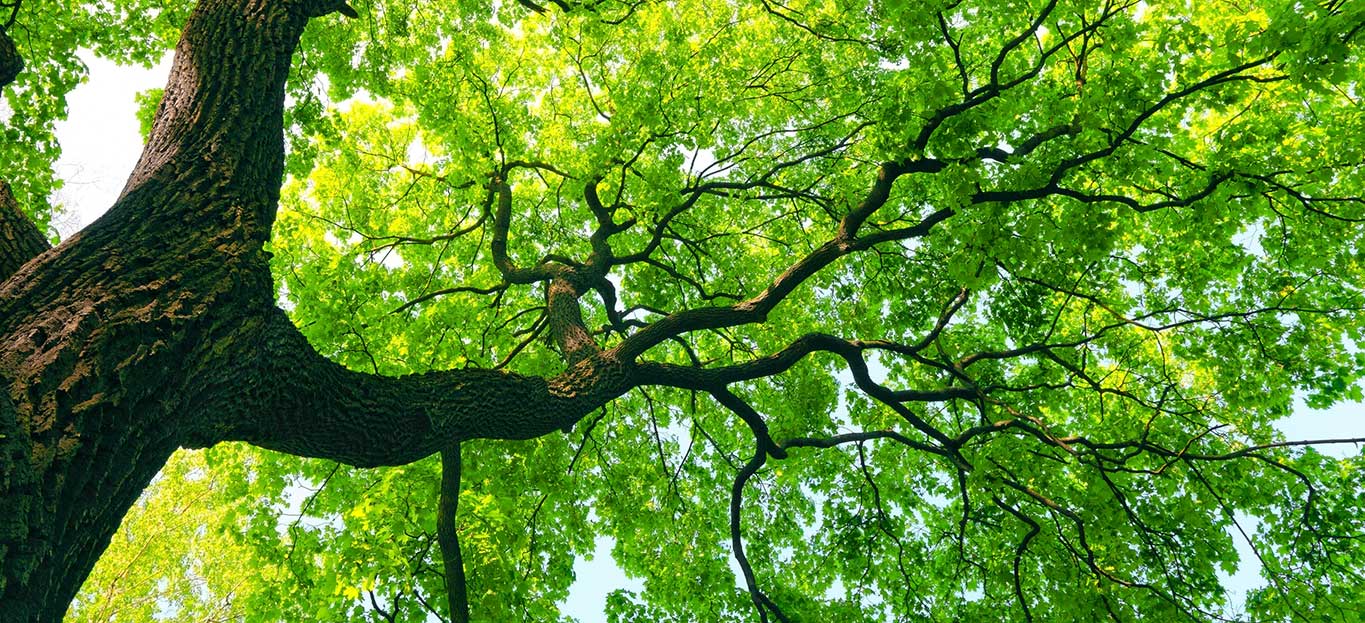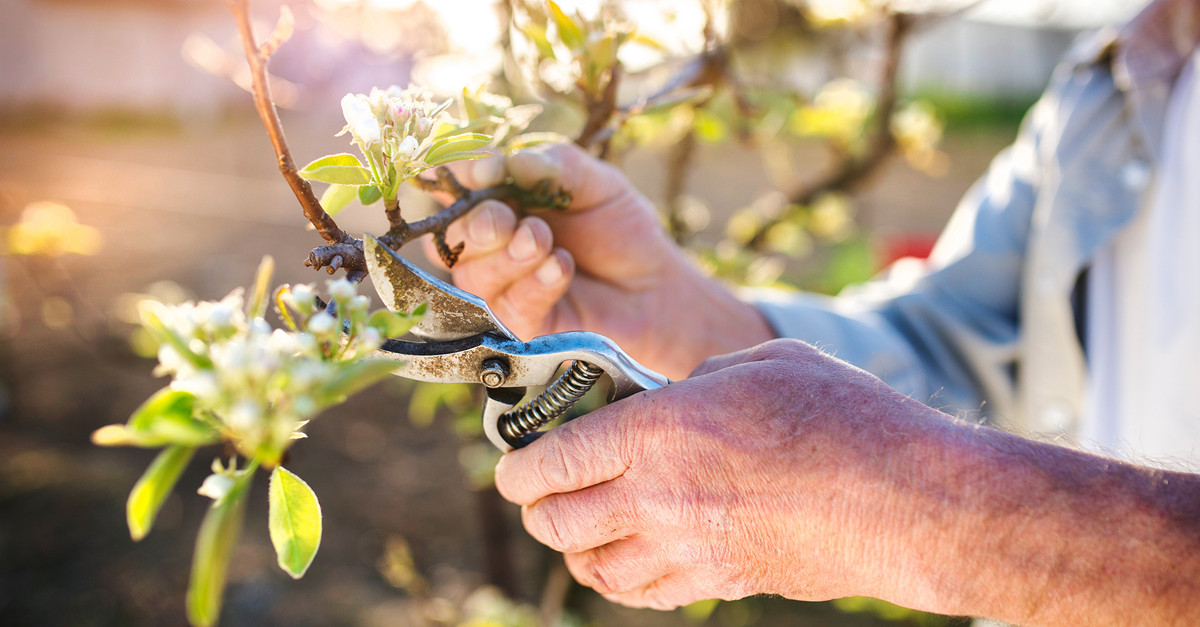Branch Out Your Trimming: The Best Ways to Trim Your Trees
Trees whose branches are thinned out and growing disease-free in the proper direction are much healthier than their crowded counterparts. They can’t do it themselves, however; trees count on you for their yearly haircuts. Here’s how to trim right.
Prune to Natural Shape
When pruning, you should have an overall vision in mind. Unless you’re going for the full-on Versailles effect – in which case, let’s get your topiary on! – you want to take your cue from the tree itself. Go with its natural shape, leaving the strongest, prettiest branches, and removing everything that grows downward or back in toward the crown. If you have to raise the crown, meaning remove lower branches over a sidewalk or building, that’s okay.
Remove Dead and Dying Branches
One of the most important jobs when pruning is to get dead and dying branches out of there. These not only suck up tree resources when they’re already doomed, but they may spread a disease to other parts of the tree or other plants. Dead branches also invite predatory insects to the feast. No Bueno.
Respect the Leader
According to the University of Minnesota Extension, topping trees – or trimming the tall, straight “leader” branch that comes from the trunk – is never a good idea. It promotes suckering (sapling growth from the ground) and destroys the form of the tree. Instead, leave the tallest, most upright branch in place and remove any competing leaders. If your only option to fit a tree in a certain space (say, under an eave) is topping, you’re better off transplanting it.
Say NO to Disease
While pruning is good for trees, it’s also one of the easiest times to spread disease (oops, now we’re rhyming). That’s why it’s important to disinfect your tools. Here’s a good primer, but basically it means soaking your shears in a cleansing solution before each use and, if you’re dealing with diseased wood, between each cut.
Of course, you don’t have to trim your trees yourself. Sometimes it’s best to leave things to the experts, such as when you’re busy or you have one of those King Kong oak trees on your hands. In that case, call in the pros and leave it to us. Premier Tree Solutions, based in Atlanta, can help with pruning as well as storm cleanup, tree removal, stump grinding, and more. All you have to do is give a shout at 404-252-6448 or contact us here.







